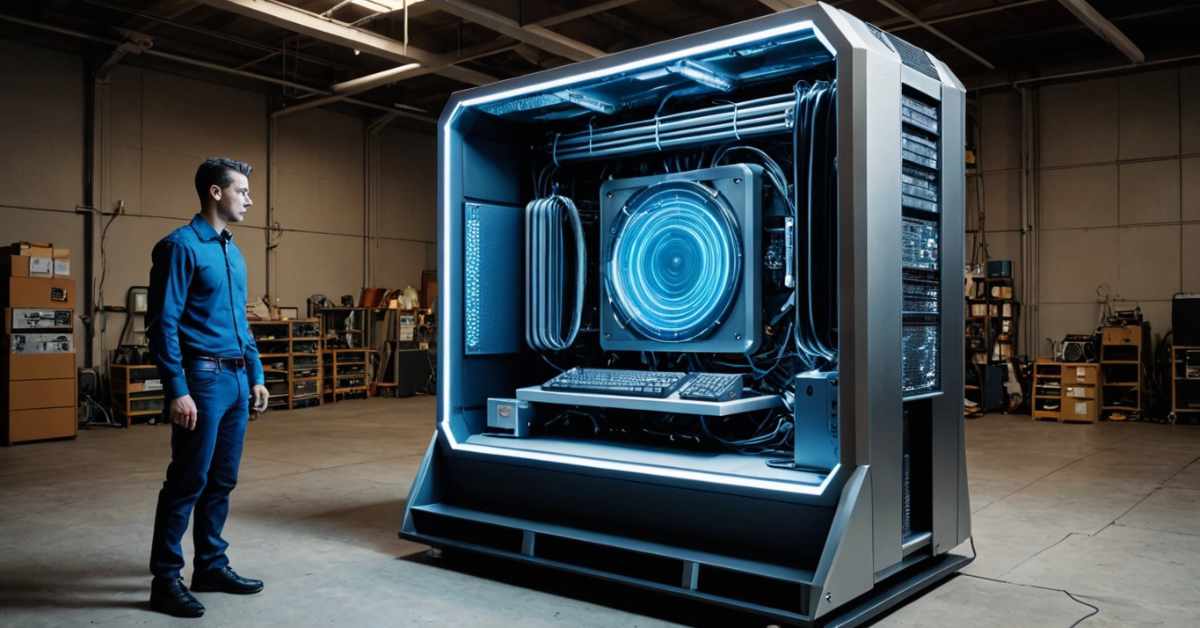Why Human Creativity Still Trumps AI in Graphic Design

I recently stumbled upon a discussion on LinkedIn about a CEO who used AI to evaluate a concept created by a human graphic designer. After the evaluation, the CEO asked the designer to make changes based on the AI’s feedback. Personally, I find this approach quite unusual.
My main concern is that AI doesn’t truly “understand” graphic design. It simply operates based on patterns and data it has been fed. Most AI tools for generating images are just that—tools for creating visuals without any real grasp of the fundamental principles of graphic design.
Why Businesses and Content Creators Should Think Twice About Instant Graphic Design Solutions
There are numerous reasons why relying on AI for quick graphic design might not be the best approach:
Loss of Human Touch: AI lacks the subtle understanding and emotional depth that human designers bring, which are crucial for creating designs that resonate on a deeper human and cultural level.
Originality Concerns: AI-generated designs often mimic existing styles too closely, raising issues about the uniqueness and authenticity of the designs.
Job Impact: The increasing use of AI in graphic design could potentially reduce opportunities for professional designers, impacting jobs in the industry.
Intellectual Property Issues: The legal landscape around the copyright and ownership of AI-generated content is still unclear, complicating their use in commercial projects.
Lack of Flexibility: AI tools may struggle with specific or unique design requirements that demand creative thinking and custom solutions.
These points highlight why caution is advised when integrating AI into graphic design practices. The results from working with human designers are generally superior.
Balancing AI Tools in My Own Graphic Design Work
To be clear, I do find AI tools helpful for creating specific elements in projects, such as objects, portraits, backgrounds, or exploring pattern designs. I also use AI for crafting images for my blog. However, I make sure to handle all layout and composition work personally to maintain creativity and passion in my work.
Final Thoughts on the Limitations of AI in Graphic Design
While AI can be a fascinating and useful tool for generating images, it is not a substitute for a skilled graphic designer. Many businesses and content creators are lured by the promise of “mind-blowing promotional material in minutes” without understanding that AI lacks the capability to truly comprehend graphic design.
I strongly advocate for partnering with professional human graphic designers. Also ensuring that your collaborators aren’t overly reliant on AI. This will likely lead to higher quality results, save time, and reduce stress. It’s generally more effective and less frustrating than trying to direct an AI to produce exactly what you want.
Next week we’ll look at this subject from another point of view. How AI can be a creative and collaborative tool while ensuring the involvement of Human graphic designers. Stay tuned!






0 Comments